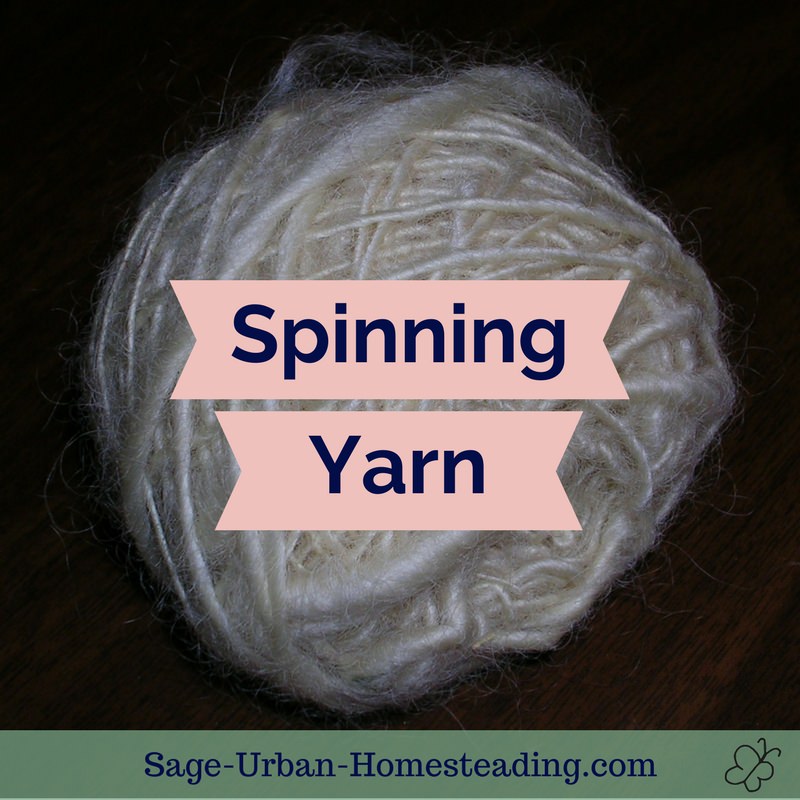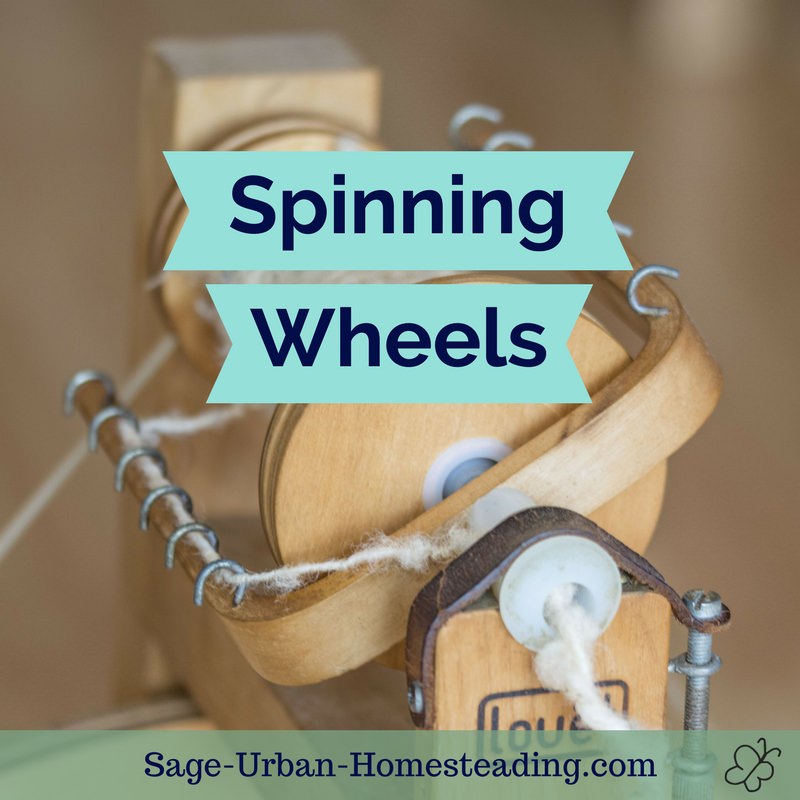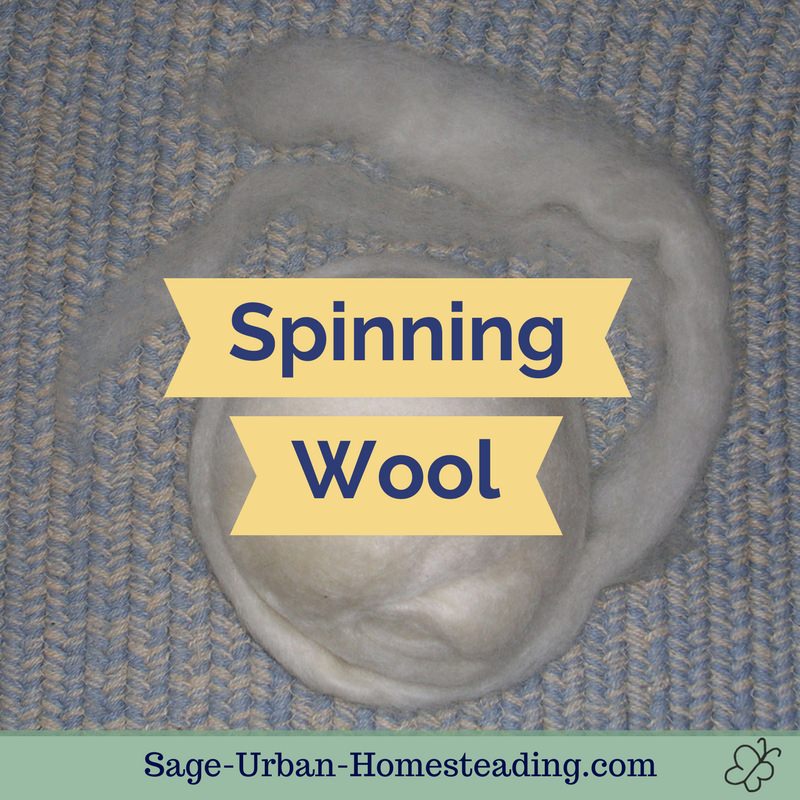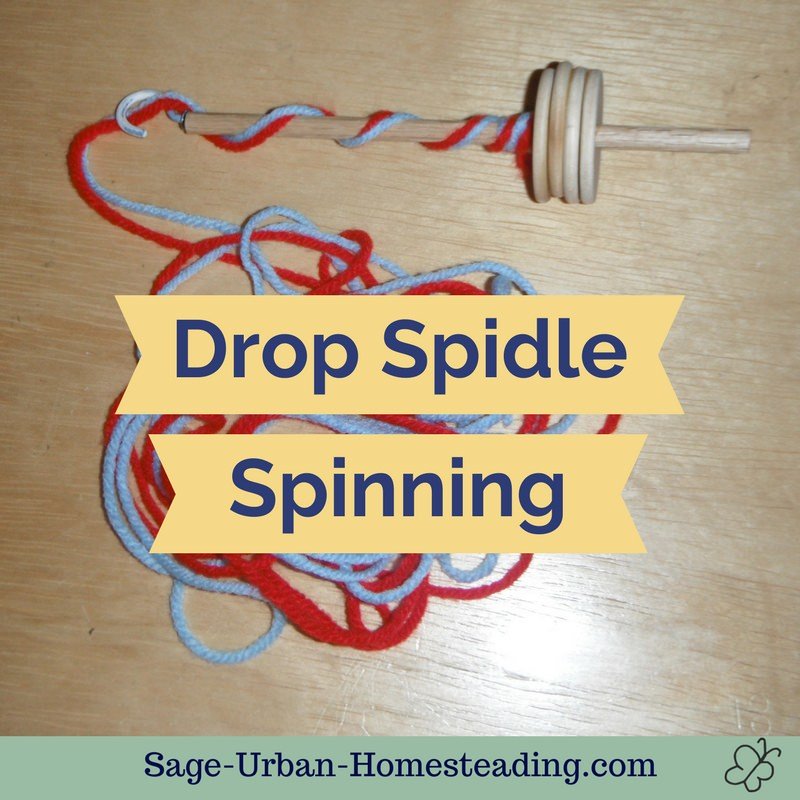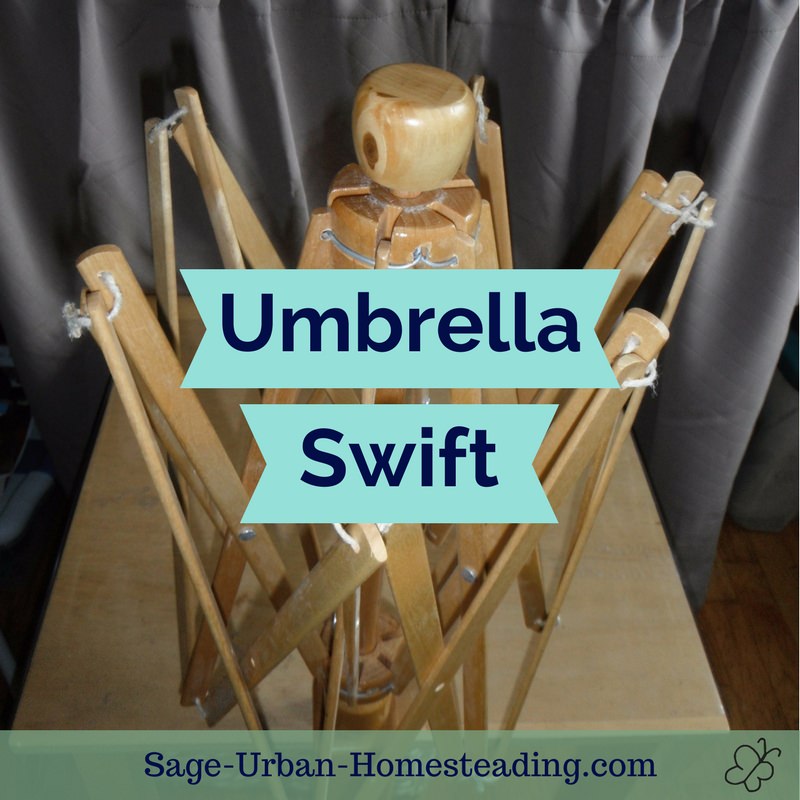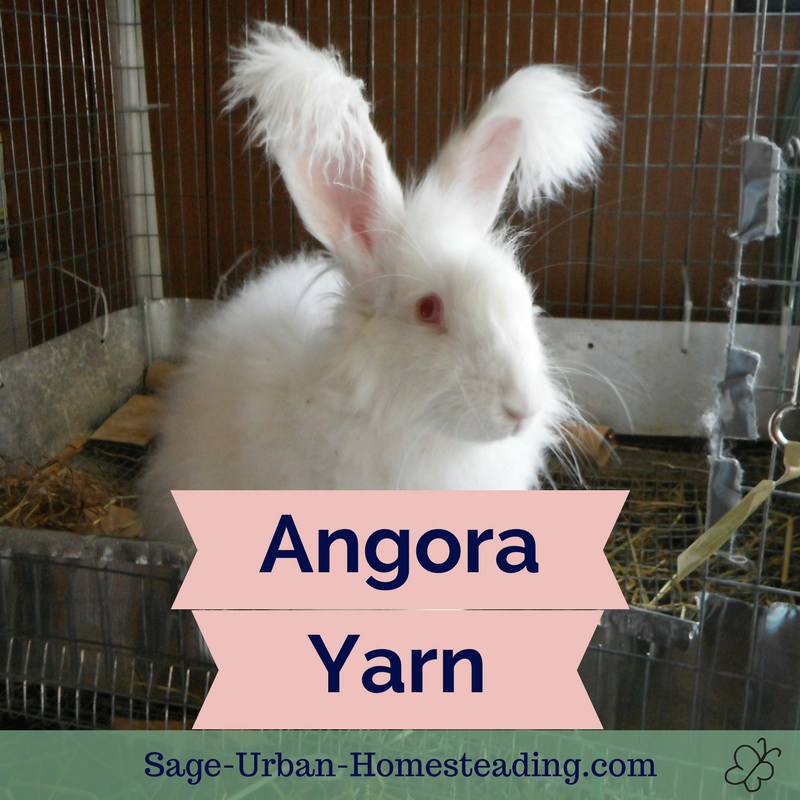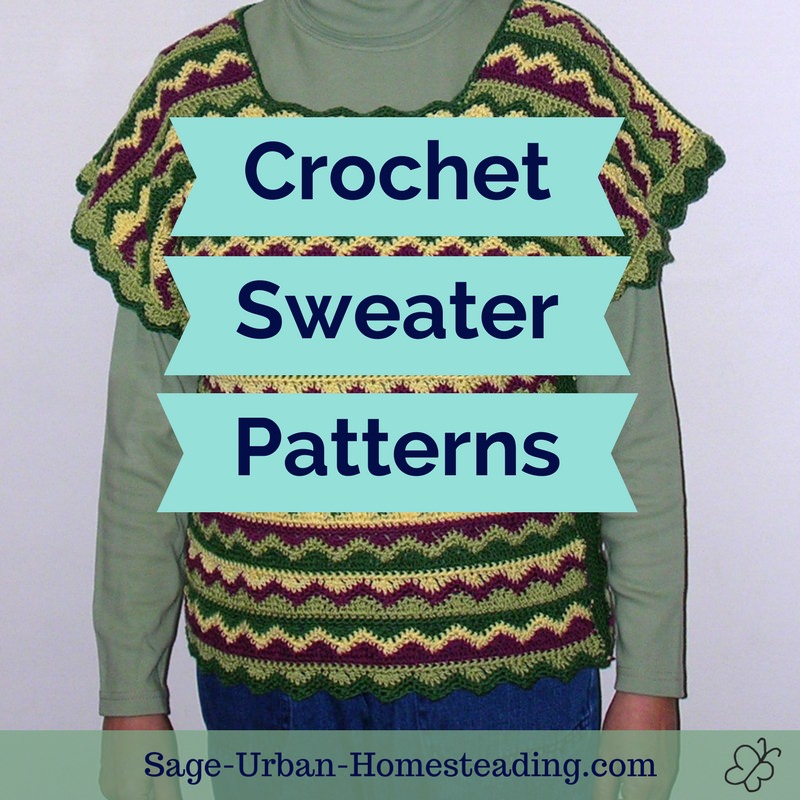FYI: I earn a small commission from some links and advertisements.
- Home
- Spinning
Spinning Yarn
I find that spinning yarn is a very relaxing and enjoyable hobby. You can create different types of yarn by varying the texture, tightness, and ply.
Spinning Methods
The best way to spin depends on the type of fibers you are working with. Course fibers stick together more and have a higher micron count.
Fine fibers are more slippery, so they need more twist. They also have a lower micron count, which allows you to get more skeins from a pound of fiber. A shorter staple or fiber length requires more twist.
- Woolen
- Best for carded fibers, not necessarily wool. The trapped air makes a warmer yarn, but it will pill more and wear out faster. Woolen yarn is spun with a long draw.
- Worsted
- Best for combed fibers that are parallel. The yarn is less fuzzy and more durable. Worsted yarn spun with a short draw. Please don't confuse this type of spin with the word "worsted" as it's also used to describe a yarn size.
The techniques can be blended to create a yarn somewhere in the middle. For example, I prefer to spin carded fibers using a worsted short draw method.
Spinning Wool
The best way to learn how to spin wool is by spinning wool. Follow these steps and give it a try!
Drop Spindle Spinning
Want to enjoy spinning yarn anywhere? The suspended drop spindle is
very portable. With practice, using a drop spindle can be as fast as or
faster than using a spinning wheel.
Spinning Wheel Types
There are a variety of spinning wheel designs. Learn the vocabulary of
flyer, bobbin, drafting, and winding, and soon you'll be spinning for
yourself!
Umbrella Swift for Unwinding Yarn Skeins
The umbrella swift is a tool used when spinning yarn or unwinding a
yarn skein. It helps to transfer the yarn from a skein to a ball once
you remove the yarn from the spinning wheel or drop spindle.
How to Use a Drum Carder
Using a drum carder is a quick and efficient way to prepare fiber for spinning.
How to Use Hand Carders
Learn how to use hand carders and try carding wool by hand. Spinning yarn from your own fiber is fun!
It's even more satisfying to make something using your own handspun yarn! Carding fiber before spinning will produce a clean, smooth yarn. It will also help to evenly distribute the natural texture and color variations.
Most raw fiber needs to be combed or carded. Carding wool prepares it for making wool roving and ultimately for spinning.
Carding straightens out the fibers and fluffs them up. It will also remove more dirt, even from wool that has been washed.
It may look
clean, but more tiny bits of dirt will fall out of the fiber when you
card it. Try to do your carding over a towel that you can shake outside at the end and easily wash when you're done.
Types of Fiber Used for Spinning Yarn
I am amazed at how many different types of fiber there are for making yarn. They can come from plants, animals, or man-made synthetics. Regardless of the source, each type has unique properties and a way of being processed into something usable.
It's magical how these simple fibers can turn into such amazing pieces of clothing and other useful items.
